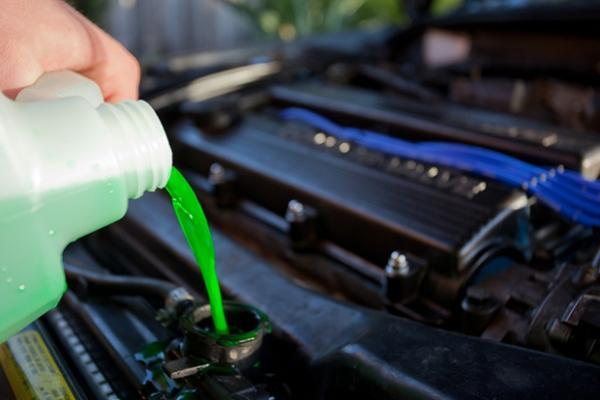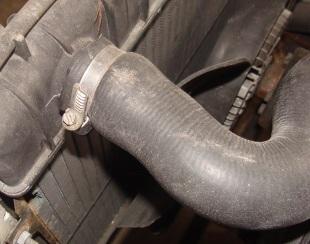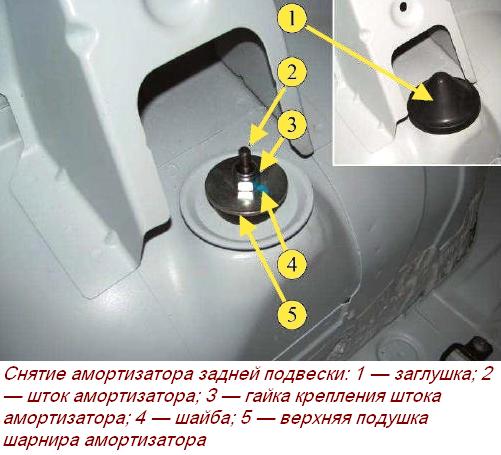
Cooling leak
 One of the conditions for the correct operation of the liquid cooling system of an internal combustion engine is its tightness.
One of the conditions for the correct operation of the liquid cooling system of an internal combustion engine is its tightness.
The places most susceptible to fluid leakage are the connections between rubber hoses and other  cooling system components. The metal clamp ensures proper clamping of the cable to the socket. It can be a twisted or self-tightening tape. The self-tightening bandage facilitates all dismantling and assembly work in the cooling system. However, over time, the tape may lose some of its tightening power, which is no longer enough to provide a snug fit there. With twisted clamps, the clamping force is adjusted using a screw connection. However, the contact pressure of such clamps must be checked periodically. Too much tightening of the adjusting screw can damage the threads, especially if they are cut on the surface of the band itself.
cooling system components. The metal clamp ensures proper clamping of the cable to the socket. It can be a twisted or self-tightening tape. The self-tightening bandage facilitates all dismantling and assembly work in the cooling system. However, over time, the tape may lose some of its tightening power, which is no longer enough to provide a snug fit there. With twisted clamps, the clamping force is adjusted using a screw connection. However, the contact pressure of such clamps must be checked periodically. Too much tightening of the adjusting screw can damage the threads, especially if they are cut on the surface of the band itself.
The tightness of the connections in the cooling system depends not only on the clamps, but also on the hoses themselves. In most cases, these are rubber cables with additional internal reinforcement. The aging process gradually destroys the cables. This is evidenced by a clearly visible network of small cracks on the rubber surface. If the cord is swollen, then its internal armor has stopped working and must be replaced immediately.
An important part of the cooling system for proper tightness is the radiator cap with built-in overpressure and underpressure valves. When the pressure in the cooling system rises above the set value, the relief valve opens, allowing fluid to drain into the expansion tank. If the valve operates at a lower pressure than the calculated one, then the flow of fluid from the radiator will be much greater and the amount of fluid may no longer fit into the expansion tank.
Very often, the cause of a leak in the cooling system is a damaged cylinder head gasket. Coolant leaks are also caused by mechanical damage and corrosion of metal parts of the cooling system. The liquid from the cooling system also escapes through a defective seal on the pump impeller.
